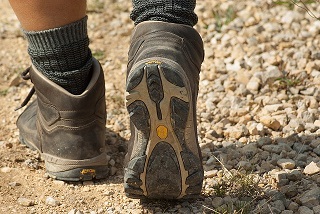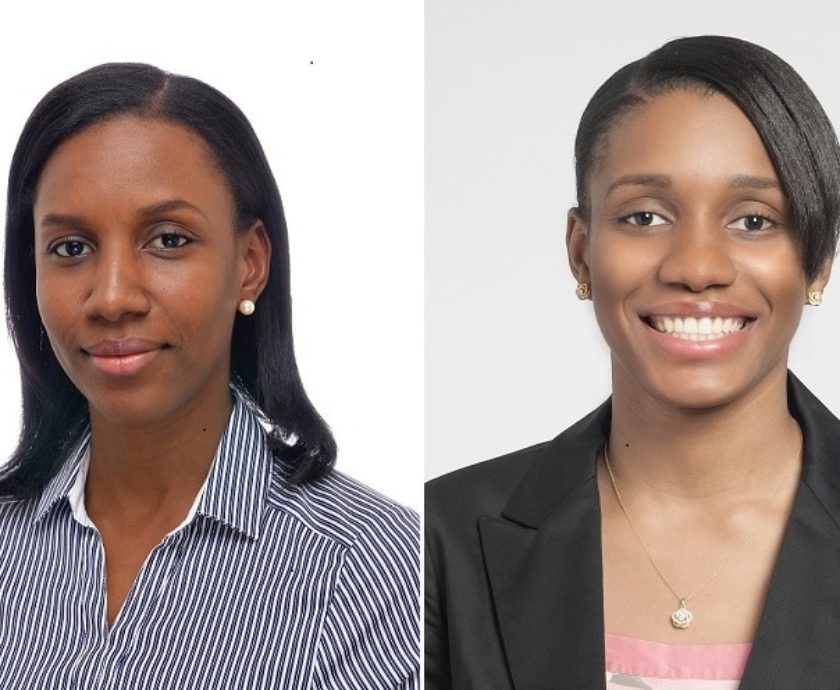On 1st October, we attended the Fibroid Forum. This was an excellent informative event organised by a group of ladies affected by fibroids. In our previous blog we discussed the first half of the event and in today’s blog we’ll summarise the second half of the event.
The final part of the fibroid forum focused on treatment and we heard from two speakers on this topic, Dr Raj Das, Consultant Diagnostic and Interventional Radiologist at St Georges and Professor Isaac Manyonda, Consultant Obstetrician and Gynaecologist at St Georges.
Uterine Artery Embolisation
Dr Raj Das focused his presentation on uterine artery embolisation (UAE), an established procedure which has been used by doctors since the 1990s to treat fibroids; it involves cutting off the blood supply feeding the fibroid. Dr Das spoke about the evidence that demonstrated the benefits of UAE. The benefits include patients having a good clinical outcome, patients reporting a good outcome themselves, lower blood loss, a shorter hospital stay and a quicker return to work than some other procedures. He also added that for UAE the rate of infection is less than 5% and that after the UAE procedure the fibroids are still there and what they are looking for is symptom improvement rather than disappearance of the fibroids, but in 3-5% of cases the fibroids do clear themselves. He stated that UAE is a viable treatment for those wishing to retain fertility.
Dr Das also mentioned that UAE can be used when women with fibroids have any of the following: severe heavy bleeding, painful periods, anaemia and pressure on the bladder or bowel. He also touched on aftercare and suggested that women take 1-2 weeks off work after the procedure, avoid driving for five days and only engage in light activities at home during the recovery period.
Surgical and Medical Treatment
Following Dr Das’ presentation we then heard from Prof Isaac Manyonda. Prof Manyonda discussed surgical and medical interventions for treating fibroids and started by explaining that it is very important that doctors optimise the care that women receive because of the changing demographics of childbirth – women are delaying pregnancy until later in life when fibroids are more common and more likely to be symptomatic. He said the old adage “babies, then fibroids, then hysterectomy” no longer works.
Prof Manyonda focused his talk on two areas:
- The surgical removal (myomectomy and hysterectomy)
- The medical management (drug treatment – ESMYA)
With regards to surgical removal, Prof Manyonda stated that a myomectomy is more complex than a hysterectomy (removal of the womb) and there can be more blood loss. He mentioned that for the same sized fibroid it takes 40 minutes to perform a hysterectomy compared to sometimes 150 minutes for a myomectomy. He also described the benefits of a hysterectomy which are: it provides a definitive cure, there is no possibility of a recurrence of the fibroids and it has one of the best outcomes in terms of quality of life, but it does remove all fertility potential. Prof Manyonda talked about the recovery period saying that a hysterectomy requires a 3-4 night hospital stay and an 8 week recuperation period with a phased return to work.
Prof Manyonda then discussed a myomectomy which is the removal of the fibroids while preserving the womb so there is the possibility of pregnancy in the future. He explained that it requires a 4 night hospital stay and, like a hysterectomy, women will need an 8 week recuperation period with a phased return to work. He also advised that women wait 6 months before attempting pregnancy. He did warn that whilst one of the main benefits of a myomectomy is to preserve fertility it can actually compromise the very same fertility that it is intended to preserve due to the formation of scar tissue, so it needs to be done carefully. Furthermore he explained that with a myomectomy we’re dealing with the fibroids that are there and it doesn’t tackle the cause so new fibroids can develop. He also said that it’s best that all the fibroids are removed and none are left behind to give women the best chance of a good outcome long-term.
He mentioned that many women are only offered a hysterectomy because it is felt they are too old for child-bearing or their fibroids are too large, too many or in the wrong place, but research has shown that women should also be offered a myomectomy and age, size, number nor location of fibroids should be a barrier.
Finally Prof Manyonda touched on the medical management of fibroids with the drug ESMYA. He stated that we need as many weapons as possible to fight fibroids as not everyone is suited for surgery or UAE. ESMYA is a drug that initially was licensed to be used 3 months prior to surgery but now it can be used as a standalone therapy. Research has shown that it can reduce the size of fibroids and improve a number of fibroids-related symptoms. He said whilst it is promising we have to exercise caution as its unclear what the long-term impact of this treatment will be. He said ESMYA is a good option for older women or for those who are not keen on surgery.
This was a really informative event which ended with an open discussion where women were able to ask Prof Manyonda and Dr Das questions and share their personal stories.
We’d like to thank the House of Bread for organising this much-needed conference and we were very pleased to have been given the opportunity to have a stall at this event.















A very interesting event. Next time you should invite John C. Lipman
Thank you for visiting our website. We’re glad you found our write-up of this fibroids event to be useful. Thank you also for the suggestion of a speaker for future events, that is much appreciated.